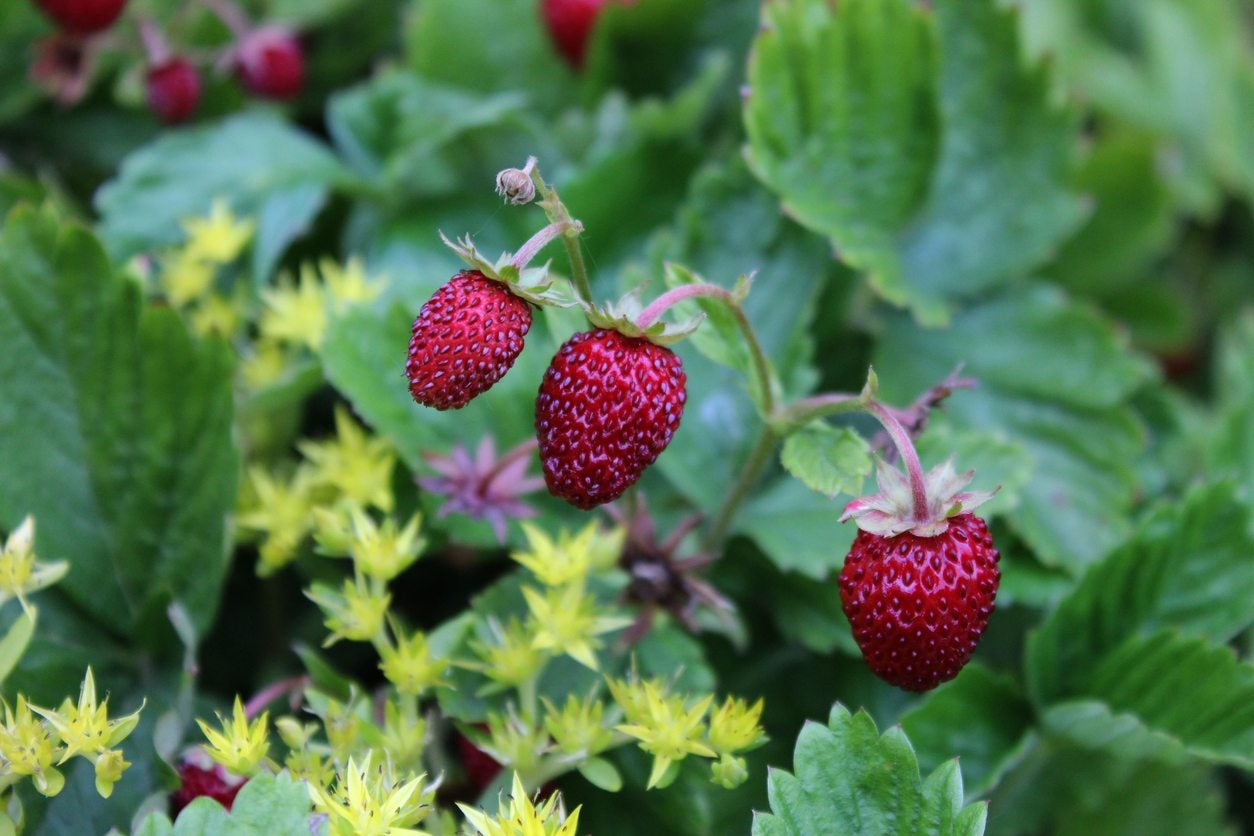What Is A Forest Garden – Learn About Edible Forest Garden Plants
A food forest, or forest garden, layers different sized trees, shrubs, and all kinds of edibles in a symbiotic natural setting.


A well-planned food forest garden not only provides nourishment but also attracts pollinators and creates wildlife habitats. Read on to learn the basics of planting an edible forest garden.
About Forest Gardens
What is a food forest garden? A forest garden isn’t exactly a forest and it isn’t quite an orchard or a vegetable garden. Rather, a forest garden is a planting method that takes advantage of beneficial relationships between plants, much like a woodland ecosystem. The result is a beautiful, highly productive garden that doesn’t require a lot of space.
A basic edible forest garden consists of three layers: groundcovers, shrubs, and trees. This is a great way to learn how to plant an edible forest garden, but you can also create a more complex forest garden that contains up to seven layers, beginning with edible roots and a groundcover, followed by herbs, shrubs, vines, and both short and tall trees.
How to Plant an Edible Forest Garden
Planting an edible forest garden begins with choosing your plants. Here are some suitable edible forest plants to help get you started:
Roots: A number of easy-to-grow plants fill the bill for this layer, such as potatoes, onions, beets, and garlic. Many experts advise against parsnips or carrots, which disturb the roots of other plants. Some plants, such as wild yam, work as both a root plant and a vine.
Groundcovers: Low-growing edible forest garden plants help keep weeds in control and provide a great way to utilize areas that would otherwise be unused. Groundcovers include edibles like strawberries, clover, comfrey, and nasturtiums. Ornamentals such as ajuga, creeping thyme, or creeping phlox can be planted as well.
Vines: Vines aren’t required and should be used sparingly. Be careful and avoid plants that may become invasive, like English ivy, Japanese or Chinese wisteria, and many types of honeysuckle and morning glory. Opt for well-behaved, food-producing vines such as kiwi, grapes, or hops instead.
Gardening tips, videos, info and more delivered right to your inbox!
Sign up for the Gardening Know How newsletter today and receive a free copy of our e-book "How to Grow Delicious Tomatoes".
Herbs: If you want to plant traditional culinary herbs, look for those that tolerate shade. A few examples include:
Herbs that tolerate light shade include fennel, chamomile, dill, or cilantro. Check the status of the plant in your area, as some herbs may become invasive. Beware of mint or lemon balm, which are nearly always highly aggressive.
Shrubs: There are dozens of shrubs suitable for planting in an edible forest garden, including blueberries, bayberries, and serviceberries. Some shrubs are appropriate for shade while others need at least a few hours of sunlight, so plant accordingly.
Short trees: If your forest garden is small, short trees may provide sufficient canopy without planting large or tall trees that take up a lot of space. This layer might include fruit trees, such as peaches, apricots, or nectarines, or nut trees like almonds or hazelnuts. Again, consider available sunlight.
Taller trees: Full-size fruit and/or nut trees also work well for the tallest layer in your forest garden. Consider the mature size of the tree and be careful not to plant too closely or you risk blocking sunlight from reaching the lower layers.

A Credentialed Garden Writer, Mary H. Dyer was with Gardening Know How in the very beginning, publishing articles as early as 2007.
-
 Looking For Plants To Give You The Soft And Fuzzies? Try These 5 Fuzzy Leaf Plant Options
Looking For Plants To Give You The Soft And Fuzzies? Try These 5 Fuzzy Leaf Plant OptionsLovers of texture, drama, silver foliage and tactile plants will adore these special sensory garden additions. These fuzzy leaf plant options will leave you all aglow
By Susan Albert
-
 Get Ready For A Summer Of Hummers! Grow These Full Sun Hummingbird Plants and Flowers
Get Ready For A Summer Of Hummers! Grow These Full Sun Hummingbird Plants and FlowersIf you’re lucky enough to enjoy a sunny backyard, make sure you are maxing out on your pollinator opportunities and grow these full sun hummingbird plants and flowers
By Tonya Barnett